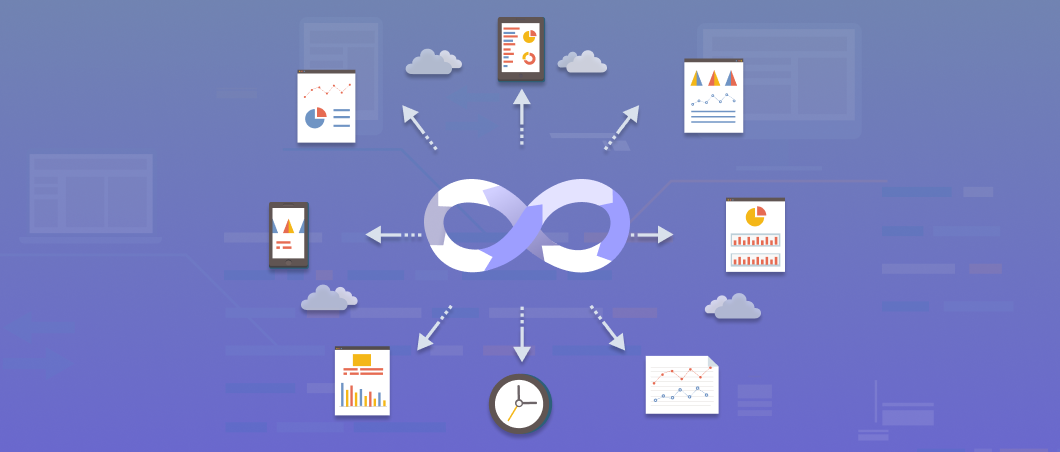Enterprises have been using DevOps to launch products quickly in the market. However, in that accelerated environment, it’s possible to take your eyes off the quality and security needs of the software.
That’s one of the reasons why enterprises have started to include an integrated software delivery pipeline. An integrated software delivery pipeline is a set of steps followed to ensure that the code is deployed to production as efficiently as possible.
To simplify it further, imagine this pipeline to be a gate. The code has to pass through this gate at every development stage before it goes to the production stage. If the code passes through the protocols, it is allowed to be deployed. If it does not comply with the protocols, the gate closes, and the team is alerted. The team then relooks into the code and fixes it to ensure that it passes through the pipeline.
It can be called the gatekeeper that protects the software’s quality. It ensures that there is no compromise with software quality or security.
The Role Of Integrated Software Delivery Pipeline In DevOps
Integrated software delivery pipeline breaks the delivery process into different stages and hooks them together. This helps the DevOps team to maintain the quality of the software throughout the development lifecycle. Let’s understand how it plays a crucial role in DevOps.
- Integration
In DevOps, a central source control system organizes and manages code that is then tested for quality. So, every time new code is released, it goes to that central code system. The new code is then compiled to integrate it into the build. However, before it is integrated, it must pass through the pipeline. The team will receive a notification if there is an error in the code, which will enable the team to monitor the health and quality of their code. This process is repeated every time new code is submitted to the repository. This way, the team can ensure that no bad code is deployed to the next stage. Automating the pipeline will also reduce the waiting time for integrating the code.
- Testing
In this stage, the team tests the entire product for its functionality, security, performance, and many other vital aspects. The product is tested at various stages of the lifecycle to identify bugs early and fix them before the product is launched. Once the testing is done, the code passes through the delivery pipeline where the product is tested for various aspects to ensure it is secure and bug-free to be deployed for production. It also helps the team determine if the code needs additional changes before being sent to production. Automating code testing will allow the team to save time and costs.
- Delivery
Unlike the traditional development lifecycle, DevOps works on the theory of incremental delivery, which means that all the features are not released in one go. Every feature has to go through the delivery pipeline to ensure that it meets the quality benchmark. Each feature is tested comprehensively to ensure bug-free deployment. The feature will be passed ahead only if it matches the quality standards.
- Deployment
The deployment stage is often considered a low-risk stage as the code must have already been tested thoroughly in the previous stages. The team might want to automate the release strategy to minimize manual intervention. However, the automated release could fail if the code is not tested correctly. That’s why teams use strategies like the blue-green deployment strategy, where two production environments are created. One of them hosts the current application; the other one hosts the updated version. The team releases the code to the updated version environment. So, if there is an issue, the team can roll back the changes without causing any downtime.
Conclusion
To leverage the maximum impact of DevOps, enterprises must automate the delivery pipeline. Manual pipeline processes can be tweaked to suit the interests of the DevOps team that aim to release the software quickly. However, an automated workflow checks every code as programmed to maintain its quality. From testing to operations and testing, every stage must be automated to reduce errors and accelerate the speed of launching the product. This will boost the enterprise’s confidence that the product they have launched is bug-free and also impact the end-user experience.
Given the critical role of the integrated software delivery pipeline, it is clear that it will remain a DevOps mainstay. In fact, according to an article in DevOps, integrated software delivery pipelines are considered one of the trends to look forward to in 2021. We agree!



